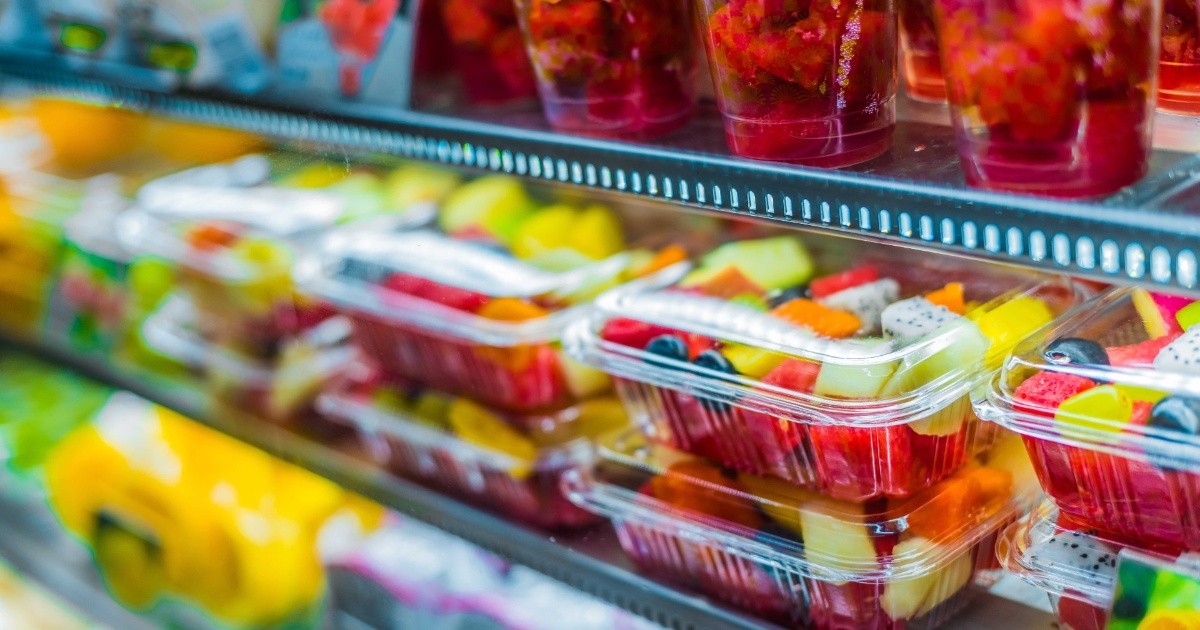There is no doubt that the plastic It has become essential in our day to day. We are surrounded by objects made with some type of thermoplastic polymer or a mixture of them and with other compounds and additives added that improve or modify the characteristics of the material for the intended application.
According to the report Plastics Europe from 2021In round numbers, 40% of the plastic produced is used in packaging, while 20% is used in construction and 9% in the automotive industry. It is also applied in electronics (6%); sports, leisure and home represent 4% of the plastic produced and 3% is used in agriculture. The rest is divided between accessories, biomedical material, mechanical engineering, etc.
A material as practical as it is harmful
Plastic appeared in 1860 and since the second half of the 20th century it has been considered an innovative material, as well as being waterproof, resistant, light, good insulator and relatively cheap. It has very good properties that, at the moment, no other material can supply.
Due to these characteristics and its versatility, its production has reached surprising and overwhelming figures, taking into account the impact on the environment that this material generates. In the world, in the 1950s, about 2 million tons of plastic were produced per year and today that figure has increased to 370 million tons. If it continues at this rate, it is estimated that in 2035 this production will double and some 15 years later it is possible that the figure quadruple.
Plastic waste is a serious environmental problem because it is highly resistant to degradation if left outdoors. According to UN data, it is estimated that approximately 5 billion of plastic bags worldwide each year.
Due to light (photodegradation) this type of waste turns into microplastics (particles up to 5 mm) that accumulate mainly in the seabecoming a global problem. It is estimated that more than 80% of the litter in the sea is plastic. According to a report from the OCU Microplastics have been found in 68% of 102 sea foods tested.
reduce and recycle
It is urgent, therefore, that plastic waste be reduced. Let’s remember the three Rs: reduce, reuse and recycle, and incorporate them into our daily lives.
We must bear in mind that the problem is not the plastic, but the use we make of it; we must use it more responsibly. To combat the excessive consumption of this material, as of July 3, 2021 in Europe, the use of single-use plastic (bags, plates, glasses, cutlery, cotton swabs, straws, etc.) is gradually prohibited, according to the Directive 2019/904.
In relation to recycling, in Spain 42% of recycled plastic materials are reused in construction materials (pipes, profiles, etc.); 23% goes to other markets (footwear, hangers), 14% is used in new packaging, another 9% is used for street furniture and 6% for rubbish bags. The remaining 6% is for automotive, agriculture and others.
The first step to reduce plastic deposits in landfills through recycling is to separate them at source, and this requires the collaboration of citizens and companies.
Plastic bottles and containers, food and drink cans, yogurt containers, plastic bags, film, cosmetic and hygiene tubes and jars, metal lids, tetrabricks and packaging trays must be deposited in the yellow container. From there, a whole recycling process begins that can be mechanical, chemical or energy recovery that allows energy to be obtained in the form of heat and the generation of fuels.
Depending on the quantity and diversity of additives in the original plastic, a recycled plastic of greater or lesser purity will be obtained. In this sense, we do not have to care about the type of plastic we choose for consumer products.
New materials and packaging
Regarding food packaging, in which 40% of the plastic produced is used, there are currently numerous lines of research that seek to improve food safety, preserve quality and control the conditions of the packaged food to extend its useful life.
Thus, new materials arise for food packaging that lead to active or smart packaging.
-
Smart packaging focuses on providing more information about the product and improving its presentation. They are also environmentally friendly.
-
Active packaging contains, for example, antioxidants or antimicrobial compounds that absorb or release protective substances that prolong the shelf life of the food. There are also edible coatings in the form of a transparent biodegradable film that acts as a container without generating waste.
On the other hand, the nanotechnology applied to packaging improves resistance to humidity and temperature, protecting the product even from microbiological putrefaction.
The development of this type of packaging aims to provide a solution to the economic, ethical and environmental problem caused by the waste of 1,300 million tons of food per year, in addition to satisfying the demands of the consumer in the modern world. The same container provides information on the quality of the product and extends its useful life.
Itziar Velaz Rivas, Professor of Physical Chemistry. Researcher at the Institute of Biodiversity and the Environment, Coordinator of the SUMBET group (Supramolecular Materials for Biomedical and Environmental Technologies) and professor at the Faculty of Sciences, university of Navarra
This article was originally published on The Conversation. read the original.

















